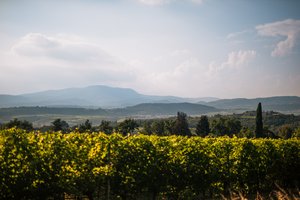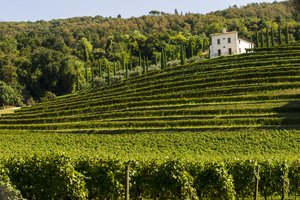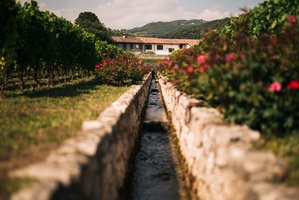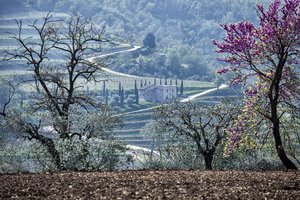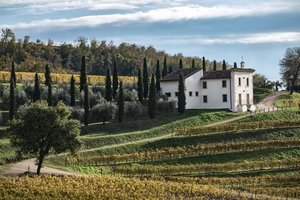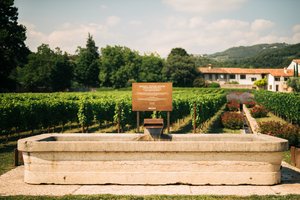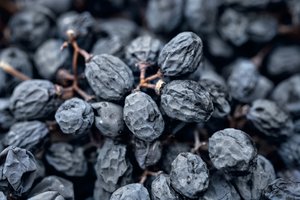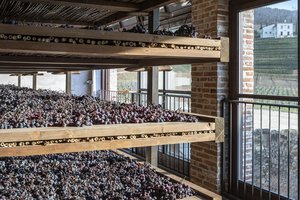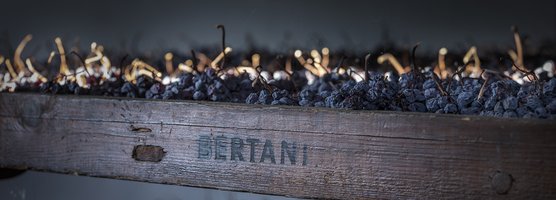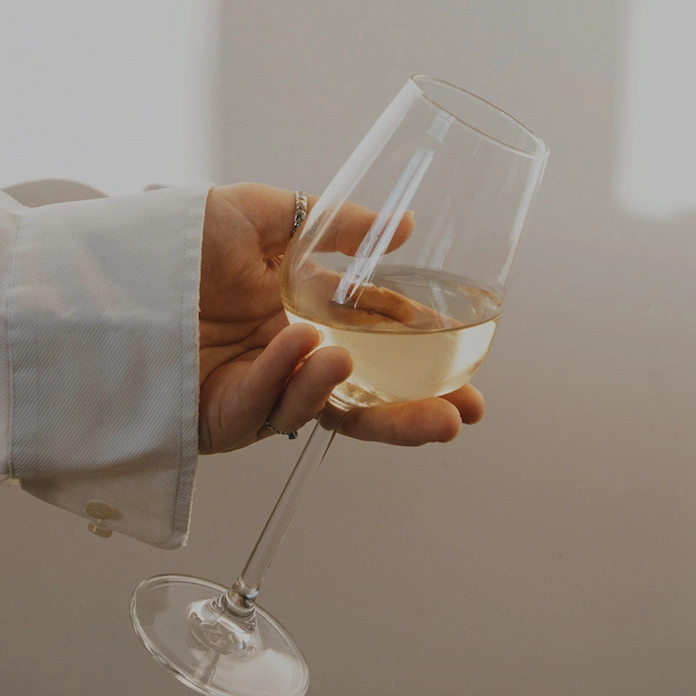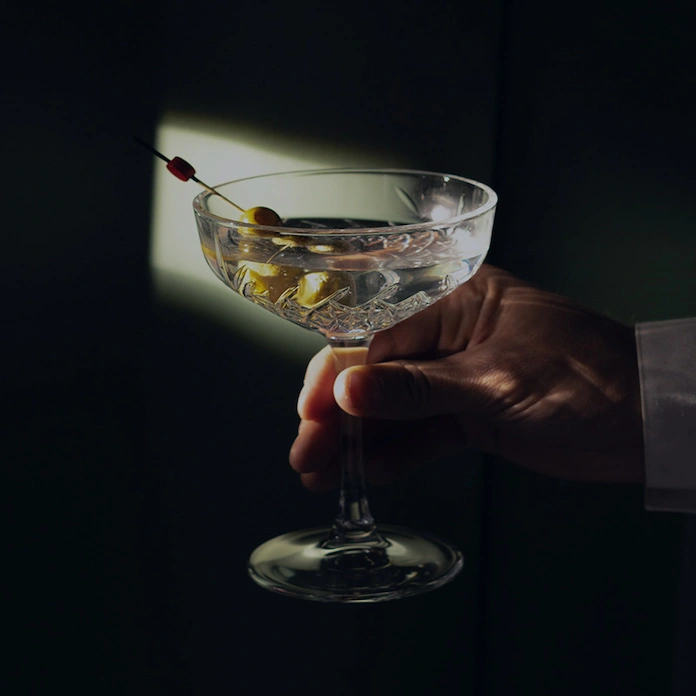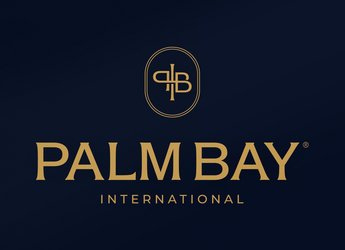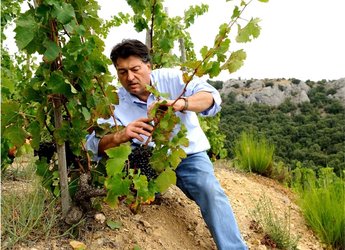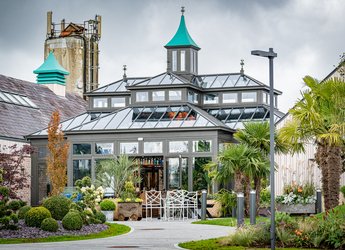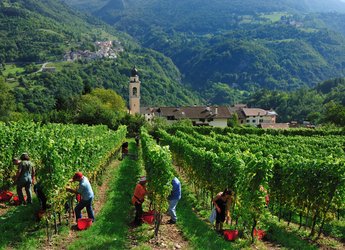

Bertani The Evolution of an Amarone Icon
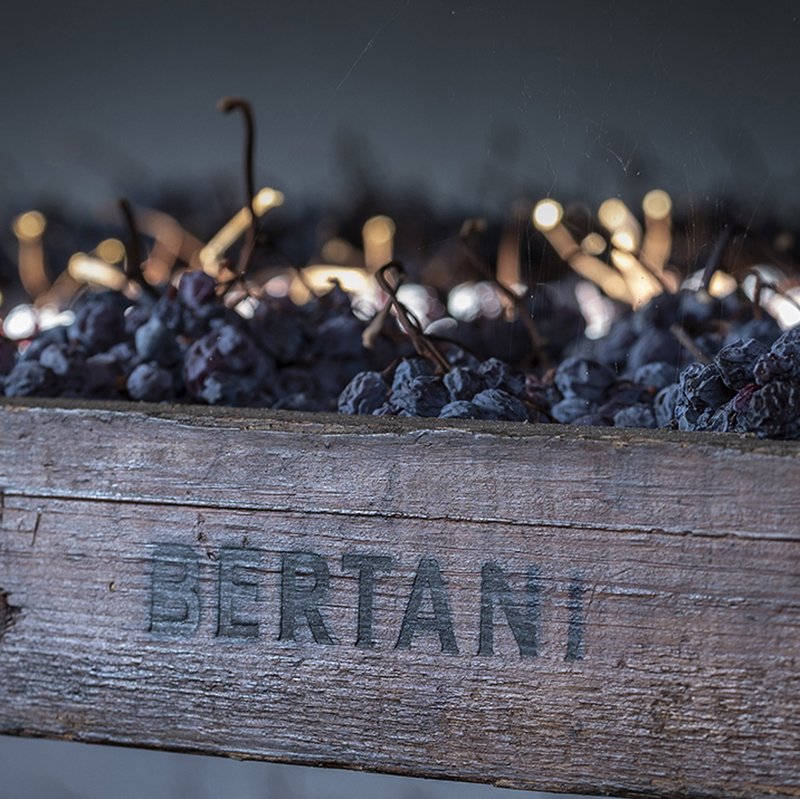
It’s rare when a simple vision has the power to span centuries. For Giovan Battista and Gaetano Bertani, they wagered that painstaking quality, not sheer volume, would be the future of Valpolicella wines. And they were, of course, right.
From their earliest days, the trailblazing Bertani brothers stood out for their entrepreneurial drive and innovative spirit, establishing the Bertani winery as one of the first in Italy to realize the value of bottled wine while also making huge investments in quality viticulture and winemaking. In fact, Gaetano’s friendship with Burgundy’s Dr. Jules Guyot afforded their young enterprise the benefit of his cutting-edge vineyard methodologies and vine training techniques — revolutionary at the time in Valpolicella. They were also one of the first Veronese producers to export their wines on a significant scale. Modern and forward thinking, even then.
Deeply traditional but always contemporary, Bertani is still at the forefront of what the Veneto can, and should, be. Their Soave was famously served at the coronation of King George VI in 1937. They also pioneered the production of Amarone della Valpolicella in the 1950s — then called Recioto della Valpolicella Amarone — before it was recognized as part of the young Valpolicella DOC in 1968 and well before the style was granted its own DOCG status in 2010. Always in pursuit of a terroir-driven wine that delivers power and verve while standing the test of time.
Bertani is propelled forward today by the innate dynamism of their talented vineyard and winery team who each live and breathe the essence of “Valpo” — a veritable treasure trove of (still largely undiscovered and uncatalogued) terroirs. This incredible territory gives rise to compelling wines of place with unrivaled elegance and longevity.
The winery’s impact on Veneto winemaking, particularly in Amarone production, is so considerable that “Bertani” and “Amarone” are nearly synonymous. As the senior statesman of Valpolicella, they remain dedicated to constant evolution, rooted in their rich heritage of innovation. From crafting the classic wines of the region — Amarone, Valpolicella, Ripasso, Soave — to their modern-day vision of officially elevating the top-sited plots to cru status, Bertani continues to push boundaries and will always define what it means to truly be Valpolicella.
Not Amarone. Bertani Amarone.
Bertani is wholly unique in the world of Amarone della Valpolicella Classico — their iconic crown jewel that is consistently Nielsen’s top-selling Amarone over $100.* The estate’s wine library, which holds 44 back vintages of Classico, also happens to be one of the largest in the world.
The wine is crafted in a style unlike any other and is unlike anything the uninitiated have ever tasted. Evocative of Burgundy (but undeniably a wine from Valpolicella), the Bertani style revolves around freshness, elegance, and harmony. It is not simply Amarone. It is Bertani Amarone.
*Nielsen xAOCLiquor Plus – 52 w/e 12/30/23
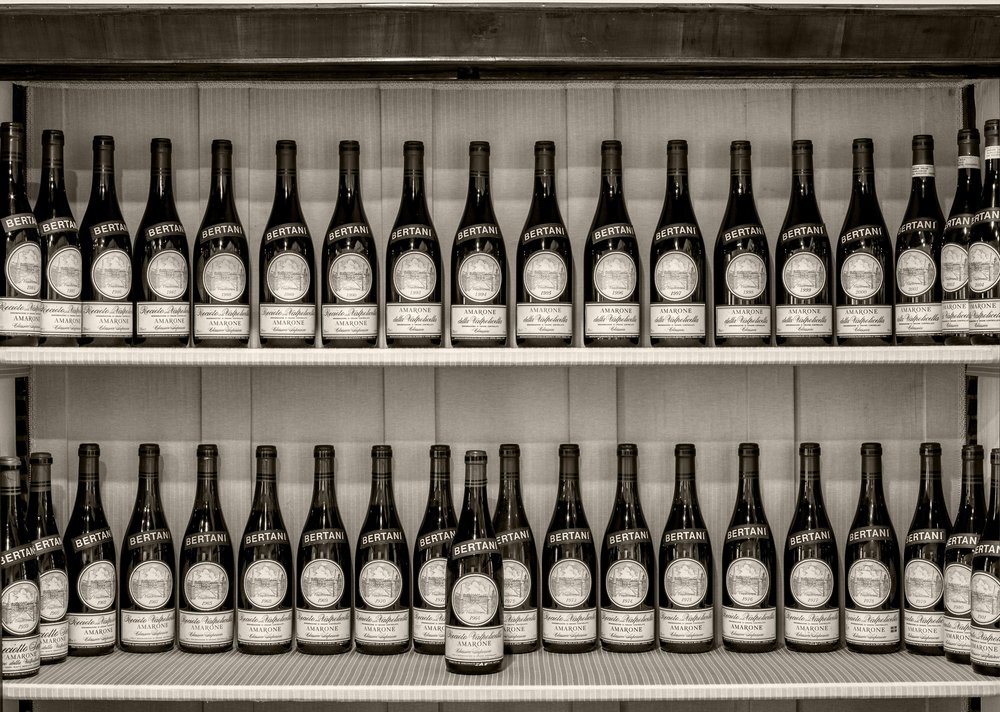
Terroir
Extraordinary wine zones are, in the grand scheme of the world, rare. And Valpolicella is certainly one of them. Here, Bertani has not one but two beating hearts: their original estate in Grezzana, located in Valpolicella Valpantena, and Tenuta Novare (acquired in 1957) in Arbizzano di Negrar within Valpolicella Classica.
Northeast of Verona, Valpolicella Valpantena is a pre-alpine valley in the heart of the Lessini Mountains, a vast stretch of land rich in iron and calcareous marl with white and red scale limestone. The vineyards have superior drainage, highly sunny aspects, and tighter production restrictions. It is one of the cooler valleys in Valpolicella and the only one directly linked to the Lessini range — a unique position that also creates major diurnal temperature swings. These wines are more approachable in their youth; rounder, with a focus on primary and secondary aromas/flavors of pepper, coffee, and vanilla.
In Valpolicella Classica, cru of Tenuta Novare is a world unto itself. The estate extends over 200 hectares / 494 acres; the 65-hectare / 161-acre amphitheater-shaped vineyard has its own microclimate — often shrouded in fog on one side and clear as a bell on the other with a natural spring that burbles up from the ground and runs downhill over an ancient limestone channel. There is a great diversity of soils here that includes marine gravel, limestone and clay mixtures, red and white limestone, and black volcanic basalt (only 10% of the Classica zone soils are volcanic — and of that, Bertani owns the majority). The geological structure was influenced by both the Adige River to the south and Alpine glaciers to the north. There is a slight warming influence that drifts over from nearby Lake Garda, coupled with cool breezes from the nearby Lessini range. The wines are more savory and intense, offering a darker/dried-fruit character.
The hilly Veronese territory extends to Soave in the east, where castles (stewarded by the grape growers themselves) frame the landscape in majestic fashion. Soils here are a mix of dark and light (volcanic and limestone) with pergola-trained vineyards and nearby groves of cherry and olive trees.
Bertani’s Trademark Appassimento Method
After a meticulous hand harvest, the grapes are laid to dry naturally on arèle (straw mats) at Tenuta Novare using the messa a riposo technique — the only source of ventilation comes from opening the windows in the morning and closing them in the evening. The team tells us they know the grapes are ready for pressing when the distinctive flavors of Morello cherry and truffle present simultaneously. The Classico wines are aged in large Slavonian oak botti, usually for seven years, before 12-15 months aging in bottle.
Owing to this extended period in wood, the wines throw any sediment while still in the barrels. This means one almost never needs to decant Bertani — unless you want to give older vintages a little breath of fresh air before you serve.

